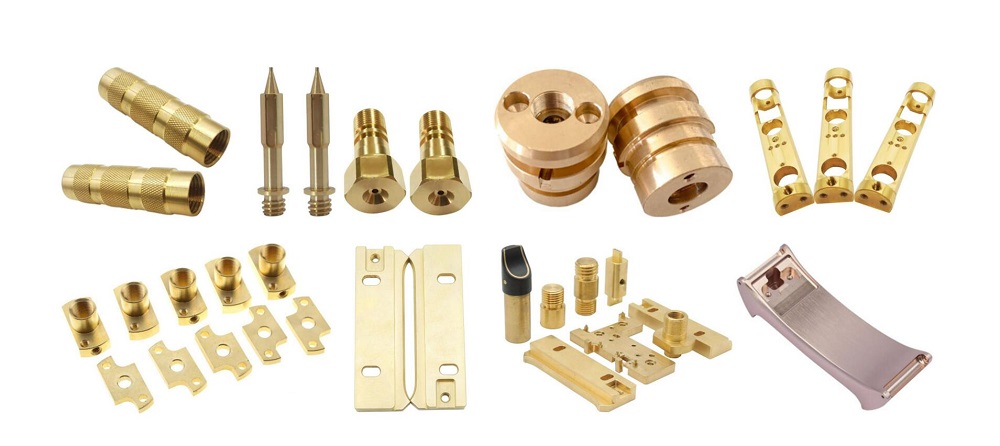(1) The safety valve shall be subjected to pressure test and air tightness test before installation to check the strength and sealing performance of the safety valve. Qualified before correction and adjustment. (2) On the gas test bench, correct the valve opening pressure by adjusting the load applied to the valve disc. Lever-type safety valve to adjust the hammer position, spring-loaded safety valve to adjust the amount of spring compression. Safety valve opening pressure should be consistent with the boiler, pressure vessel safety technology supervision regulations of the relevant provisions. (3) In the container, by adjusting the gap between the safety valve adjustment ring and the valve flap, to adjust the relief valve discharge pressure and seat back pressure. If the safety valve in the opening pressure only leaks and does not take-off or jump though the pressure drop after a violent vibration and "beep" sound, the gap is too large, should be adjusted to be smaller. If the back seat pressure is too low, the adjustment ring gap is too small, should be properly adjusted. Steam relief valve discharge pressure should be less than or equal to 1.03 times the opening pressure, opening and closing pressure difference should not exceed 10% of the opening pressure. Air or other gas relief valve discharge pressure should be less than or equal to 1.10 times the opening pressure, opening and closing pressure difference is not greater than 15% of the opening pressure. (4) safety valve calibration and pressure adjustment, the unit must be in charge of the safety of boiler pressure vessel presence, adjustment and calibration device with the accuracy of the pressure gauge should not be less than 1, when online calibration should be There are safety precautions. (5) calibration process, the calibration staff should make timely records. Check the qualified safety valve, the installation of the accessories should be mounted on the lead seal to prevent the well-adjusted to change the state. More Keyword Search: Safety Valve
Brass Precision Machining
The difficulty of CNC machining copper parts is between that of machining steel parts and aluminum parts. Because copper has good electrical conductivity, good corrosion resistance and good processing performance, copper parts are also widely used. For some relatively single-process copper parts, CNC machining is often used, such as copper sleeves, copper nuts, copper columns and coaxial, etc., all belong to CNC turning. Of course, there are many other copper parts that use CNC milling machining or CNC turning and milling machining.
SCZY has rich experience in precision CNC machining of copper, aluminum, steel, stainless steel, titanium alloy, molybdenum alloy, etc., and can select reasonable parameters and edit reasonable tool paths according to the material and product structure, so that the product can achieve the best Effect. Moreover, our machining accuracy can reach ±0.01mm. If higher accuracy is required, we can also meet the requirements through outsourcing processing. We can guarantee our quality and service.

Brass Precision Machining,Brass Lathe Machining,Copper Cnc Machining,Brass Cnc Lathe Machining,Brass Precision Machining Services
Shenzhen SCZY Technology Co.,Ltd , https://www.szsccasting.com
